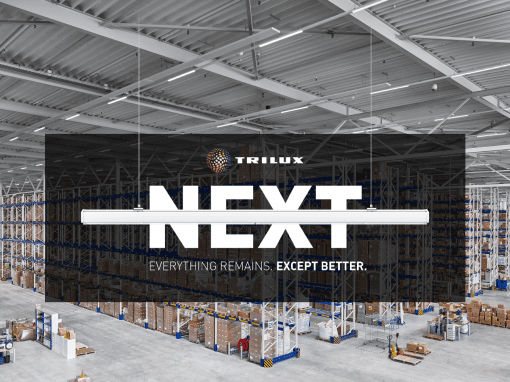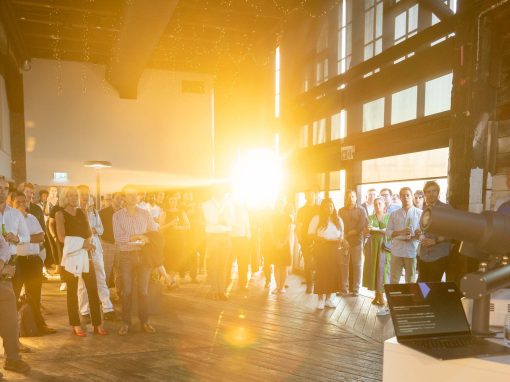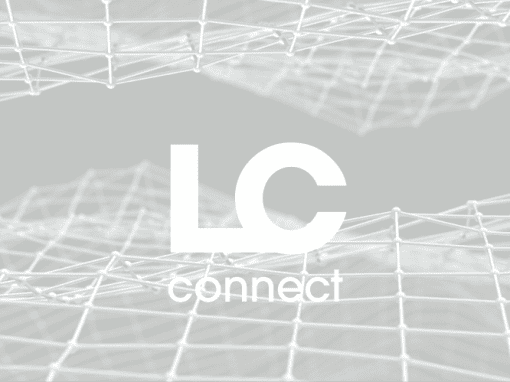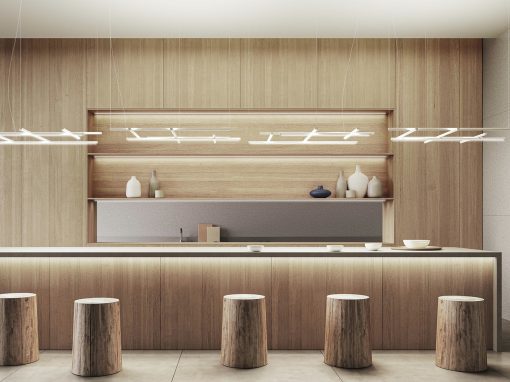How enduring resilience and the human experience is redefining priorities in the built environment.
After nearly two years of irreversible social, cultural and economic change caused by the pandemic, we are ushering in the new year with a renewed focus on human-centric design. We are seeing optimistic investments and plans to define the future of buildings and places with projects that respond to the new way that people have been forced to work and live, as well as projects that reflect the most influential issues we are facing today, such as climate change, inclusion, and community.
The construction industry continues to face significant challenges, with many suppliers and manufacturers feeling the pinch of major supply chain delays and labour shortages, while climate change and its economic ramifications have become an ever-present threat. Nonetheless, there are reasons to be optimistic. The last two years have demonstrated how difficult times can spur innovation. New tools, techniques, and research have enabled people to reconnect in meaningful, inclusive, and resilient environments. The key to reinvigorating physical spaces, particularly the workplace and retail, is through creating experiences, and if you want to bring people back to the office or any physical space, you must create destinations that are safe, convenient and easily navigated and transversed, with healthy green spaces that promote wellness, buildings that have low-carbon footprints, and connected communities that embrace inclusivity for everyone. Diversity in building types and uses, and diversity at many different levels is key.
Retail centres could emerge as one of the most valuable asset classes in a post-pandemic landscape, as building owners, investors, and developers look to reposition ageing, vacant, or underutilised properties — converting them into vibrant, mixed-use developments that will unlock latent value and meet consumers’ rapidly changing demands.
Mixed-use developers are becoming increasingly aware of how their projects contribute to and benefit the larger community, while residents, visitors, and customers are becoming more aware of how their surroundings affect their health and happiness. Mixed-use physical spaces need to follow suit and provide the amenities and flexibility required to best accommodate both people and businesses.
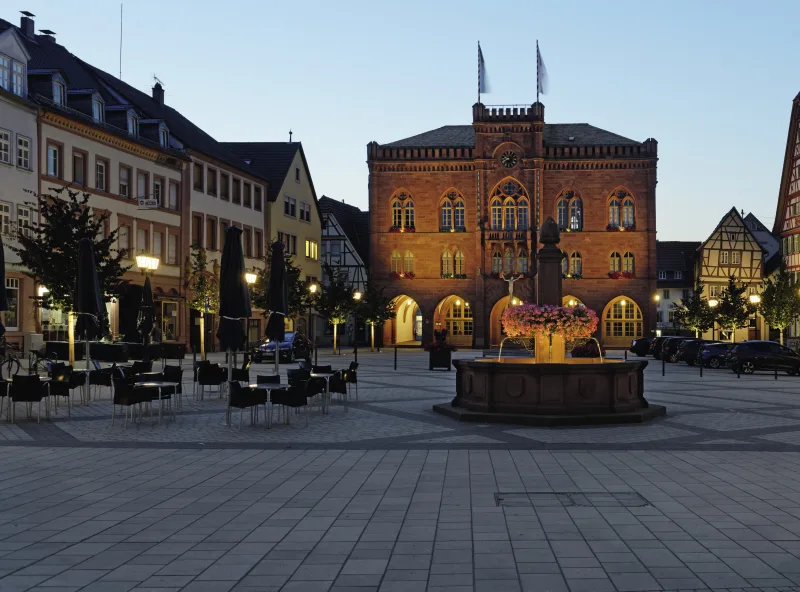
BENEFITS OF MIXED-USE SPACES
OPEN SPACE IS NOW A REQUIRED ASSET.
The pandemic compelled retailers to rethink open space as an essential component of their layouts. Businesses were able to continue operating during the pandemic shutdowns due to the availability of open space. Communities have come to value open spaces for their ability to be mixed-use and seamlessly integrated into the public ecosystem. Because it is easily adaptable for new uses, design outdoor spaces for multiple uses, such as lighting for nighttime events, it is now a way to future-proof against any further potential disruptions.
CONSOLIDATED INFRASTRUCTURE DRIVES CONSOLIDATED OPERATIONS.
Mixed-use developments generate cost savings during both the initial construction and ongoing operation of the site by fully utilising the space and assets of the build.
PROTECTIONS AGAINST ECONOMIC VOLATILITY.
Mixed-use developments, by definition, generate a diverse revenue stream for developers. This is helped by the longer-term leases that developers can obtain from commercial tenants. This all adds up to greater financial stability over time. It also allows businesses to more easily pivot their offering without having to fork out for infrastructure changes.
CAR TRAFFIC CAN BE DISPLACED BY MICRO-MOBILITY.
Many cities now require new developments to be sustainable or net-zero, so reducing car traffic is a simple way to comply. As a result, street space is being reclaimed for parks, outdoor dining, and other non-driving and parking uses. By seeking to connect existing networks and accommodate increases in ride-sharing and other modes of transportation and micro-mobility, such as bicycles and scooters, as well as the critical last mile for transportation, mixed-use environments can look to the future as our communities become less reliant on automobile ownership.
SUPPORTING MIXED-INCOME, MULTICULTURAL AND MULTIGENERATIONAL LIFESTYLE DEVELOPMENTS
Flexible residential units that can reconfigure to connect an adjacent unit for a live-in caretaker are a blessing for those who want to stay in their home later in life. They can, however, attract people from all walks of life, such as a couple starting a family or a group of friends looking for an apartment to share after college. As the cost of senior living facilities rises, so will the demand for low-cost alternatives that allow people to age in place.
While we are confronted with difficult new realities, there is a bright future ahead of us. It’s a future in which human experience is defined by the power of human-centric design in the places we visit and the communities in which we live. The path forwards is one that is designed with people at the forefront.
Design is unique in its ability to address changing expectations and address the most difficult challenges that cities face. As we assist our clients in addressing climate change, social equity and supply chain issues, we must be smarter, more purposeful, and laser-focused on the human experience than ever before.

Written by
Anni Grindrod

